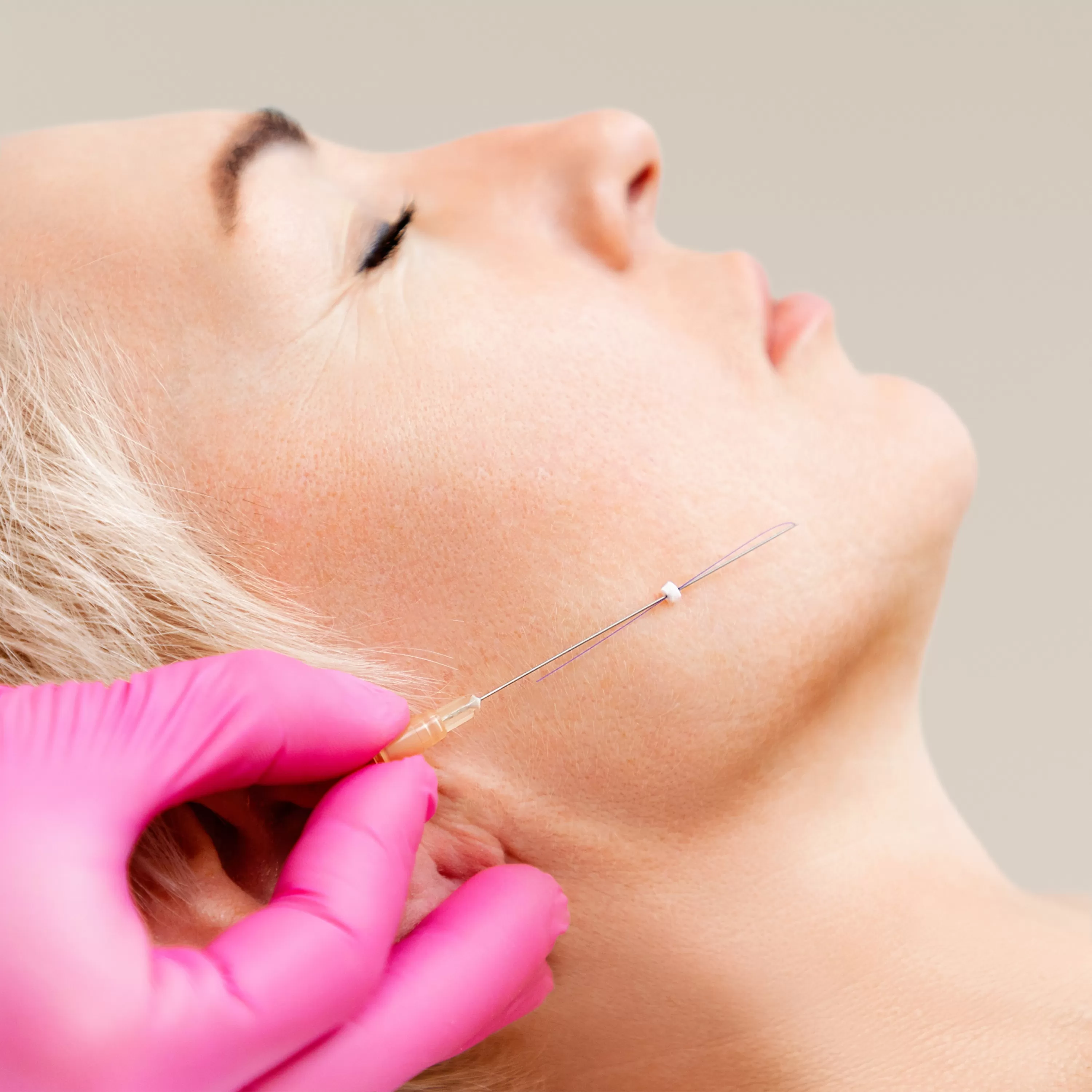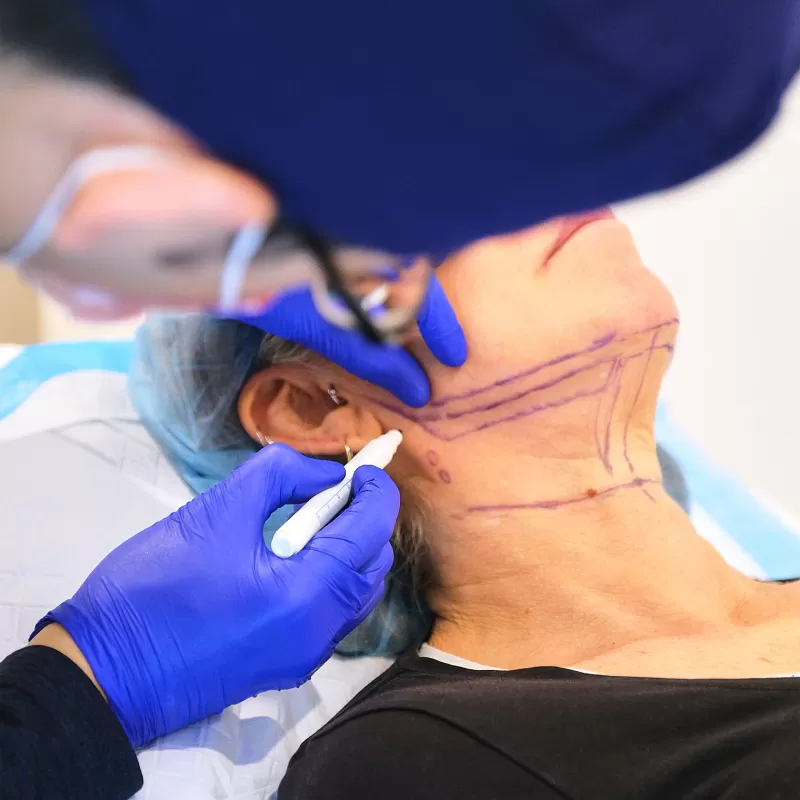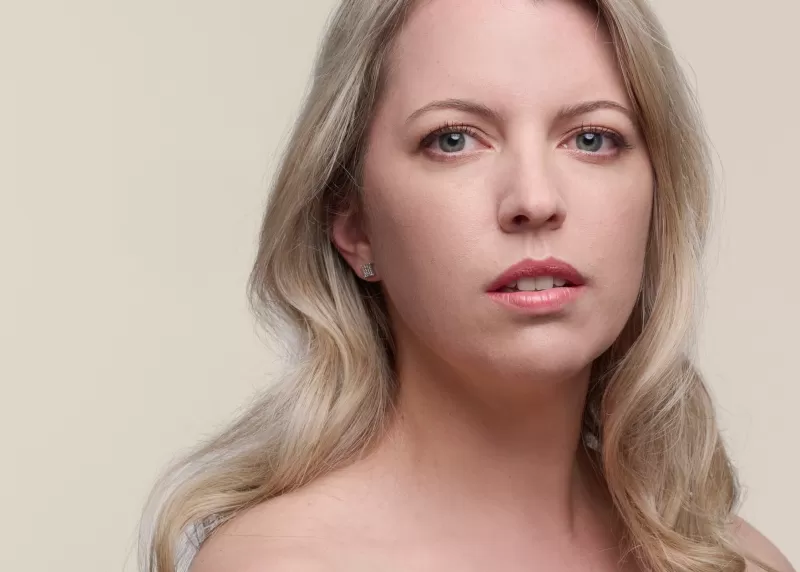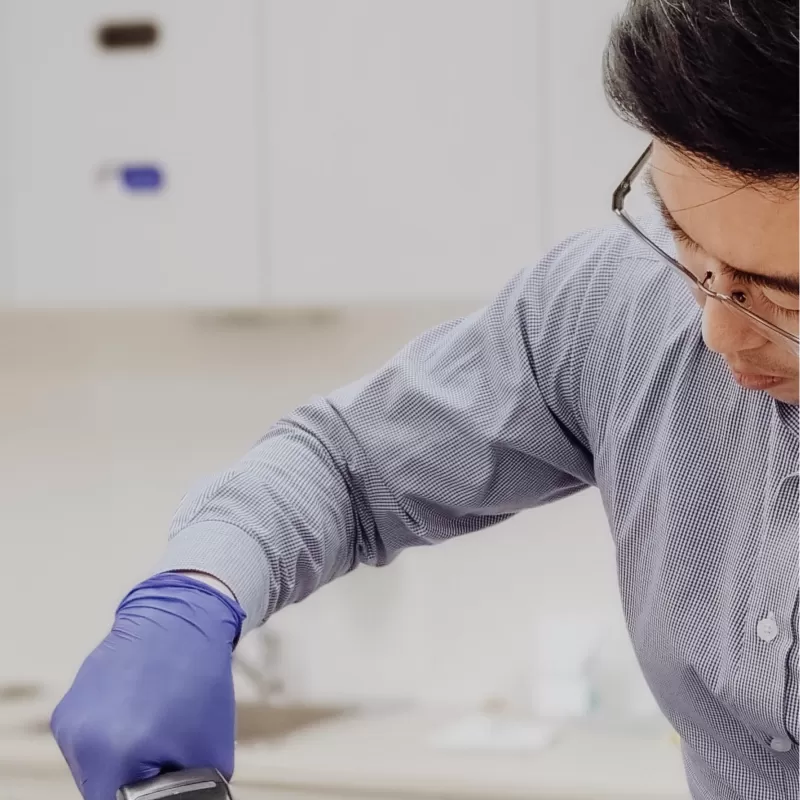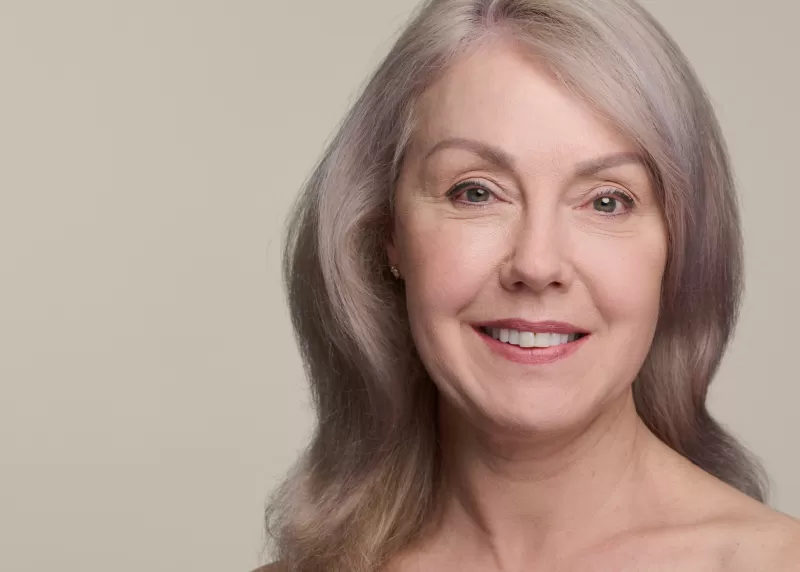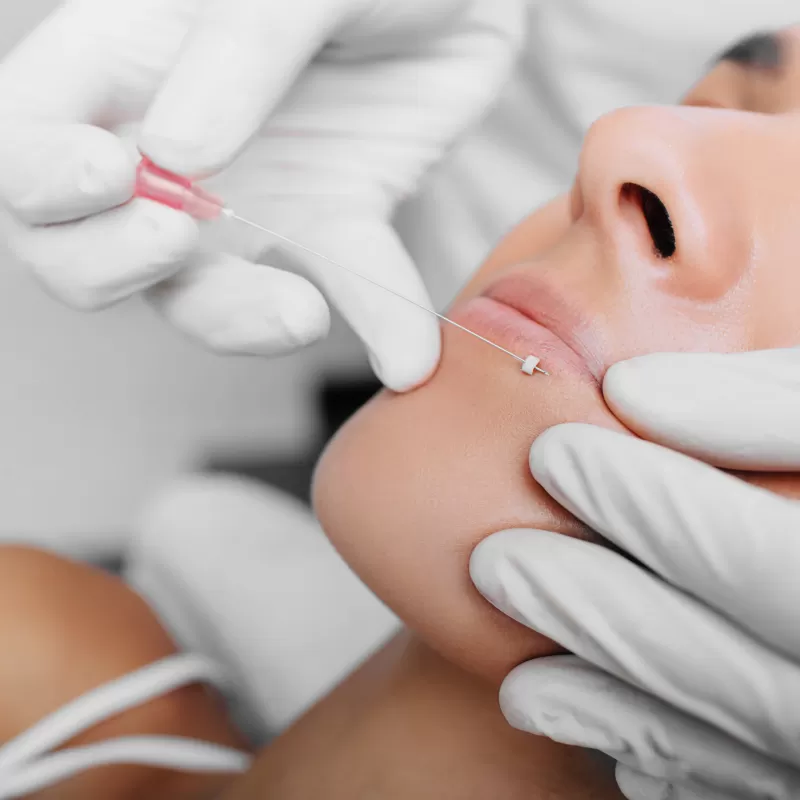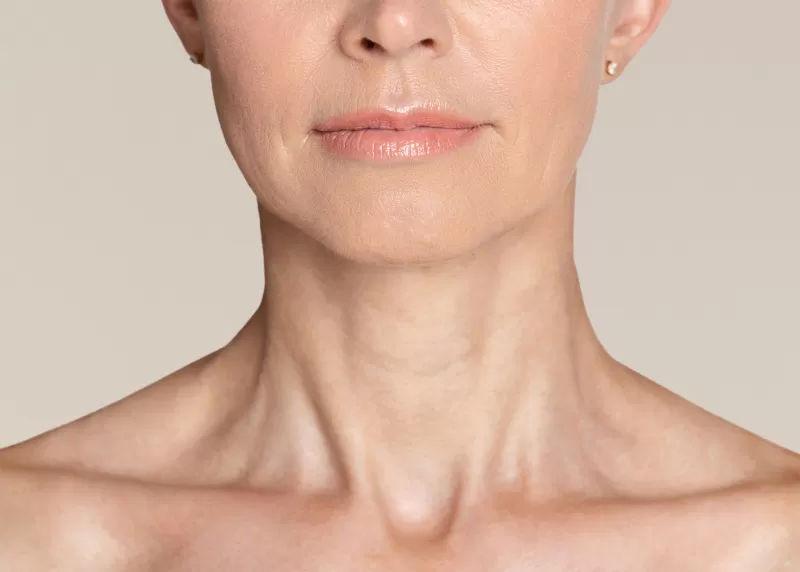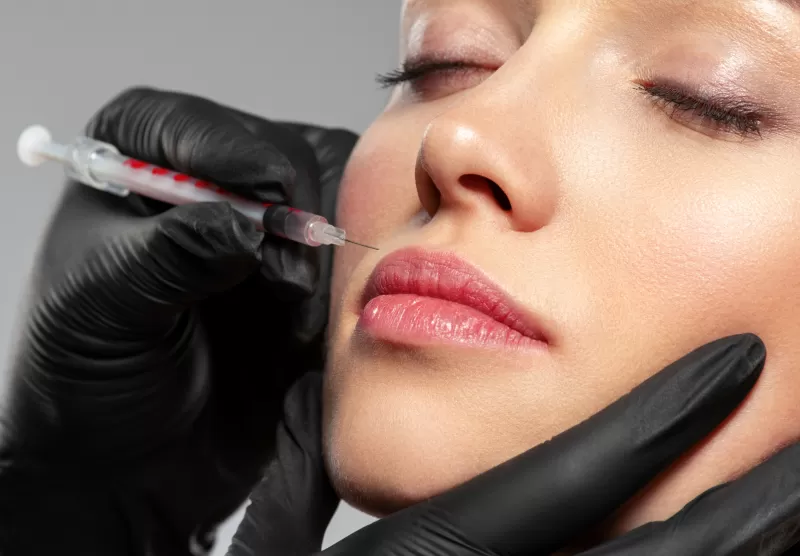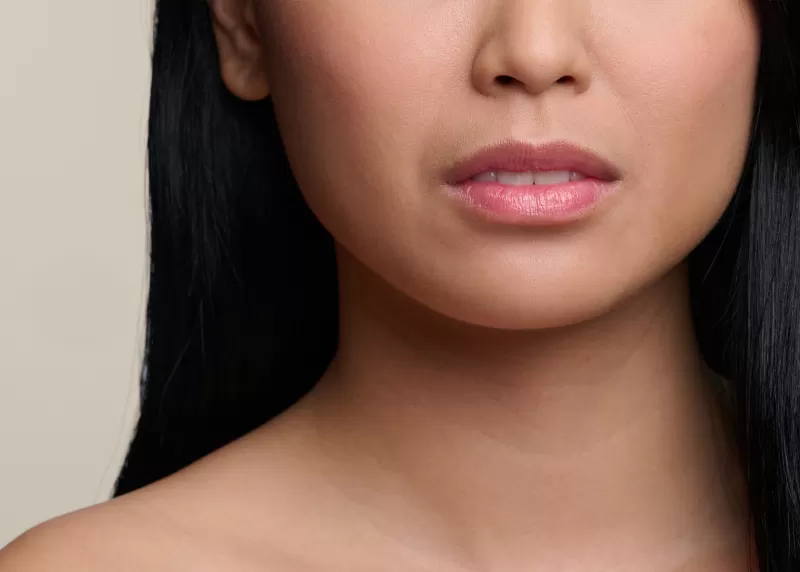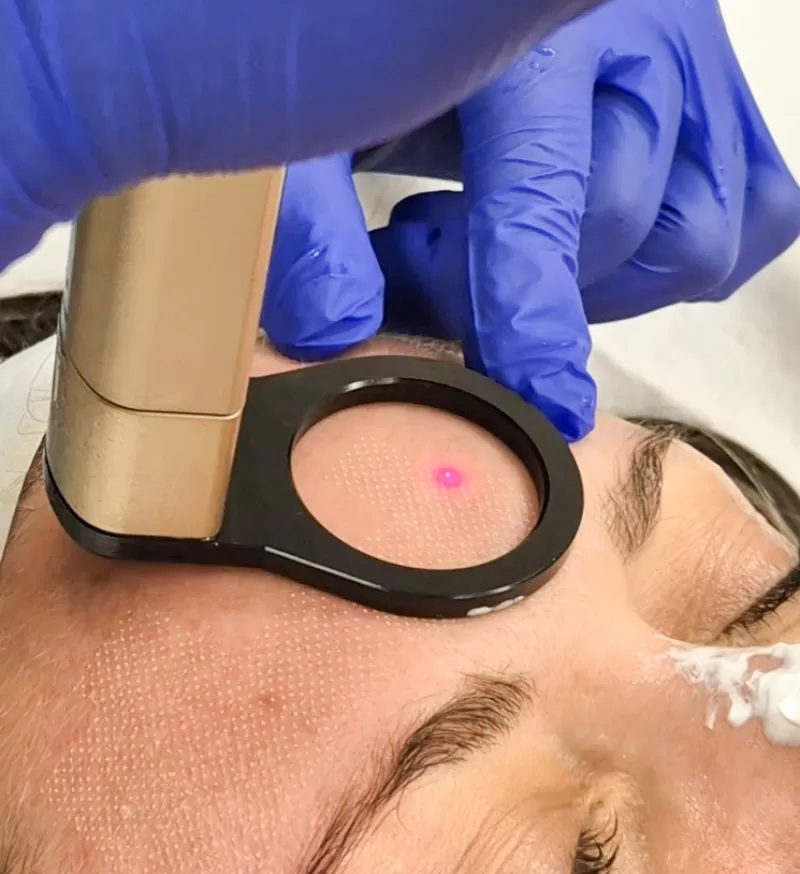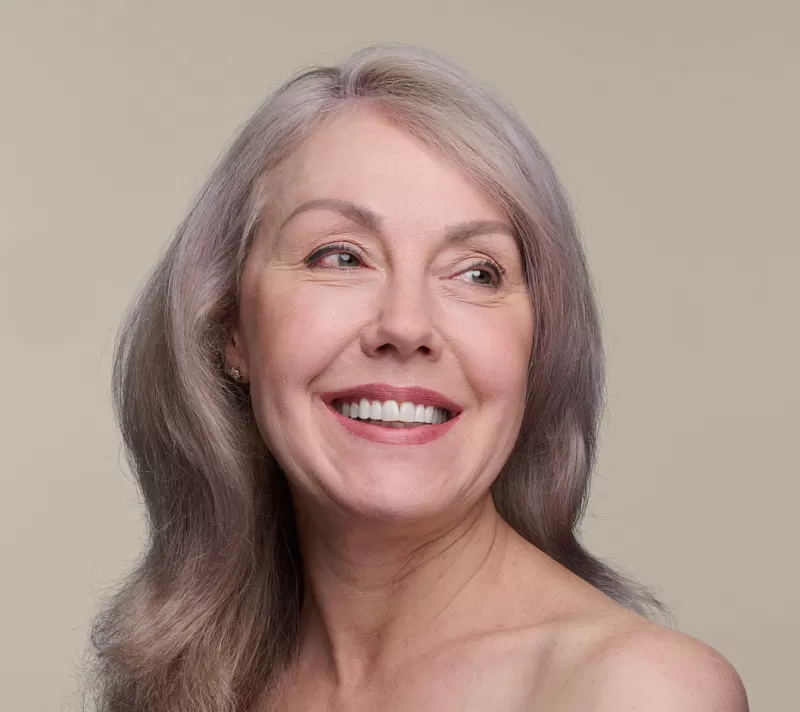Thread Lift
Thread Lift
Thread Lift
Treatment
Revitilise your skin and fight the signs of aging without the need for surgery at Canberra’s thread facelift clinic. Performed by our highly trained doctors, thread lifts are a completely customisable anti-aging treatment.
Overview
Overview
Thread lift is a popular procedure to revitalize your face and body and improve skin quality without having to undergo surgery. The benefits of no scarring, minimal downtime, immediate lift effect and long-lasting result, makes thread lifting an attractive option for those wanting to turn back clock and refresh their look.
How it works
How it works
Threads work in two ways. Firstly, they can stimulate collagen by provoking a low-grade inflammatory response in the deeper dermal layers. Patients who have a thread lift for the purpose of stimulating collagen will notice a gradual improvement in their skin’s tone and firmness. The second mechanism is to provide vectorial lifting of tissue. This can be achieved with more invasive thread lifting techniques using suspension or barbed threads. Thirdly, it also creates armoring frame and scaffold that strengthens facial stand.
Triple action!! ARMORING, LIFTING, REJUVENATION
Why we use Lifting Threads?
Why we use Lifting Threads?
The big advantage of thread lifts is that they provide collagen stimulation & lifting without adding volume (bulk) to area. Thread lift leaves no scarring, involve minimal downtime and an immediate lifting effect and long-lasting results.
At The R Clinic we offer thread lifts as an alternative to facelift surgery. A thread lift has the benefit of making you look refreshed without making you look different.
Expected result
Expected result
Results are immediately evident and continue improvement is obvious over the coming month. The absorbable threads dissolve within 1.5 – 2 years, but before they dissolve, they created a support scaffolding of collagen for the skin that supports and lifts the skin for many years to come.
- Treatment Time – 60 mins
- Discomfort – Moderate (local anaesthetic used)
- Recovery – 5-7 Days
Preparation and Aftercare
Preparation
Preparation
- Try to avoid or reduce caffeine and nicotine intake prior to your procedure.
- Avoid Vitamin E, Fish Oil, Green Tea for 10 days before and after the operation.
- Do not take Anti-inflammatories (NSAIDS/Aspirin) for 2-3 weeks before and after the procedure. If you are on anti-inflammatory drugs discuss this with the Clinic at time of consultation.
- Do not drink alcohol for 24 hours before the procedure.
- If you are on an anti-coagulant or blood platelet anti-aggregation drugs advise the Clinic 2 week prior to your procedure.
- If you suffer from cold sores discuss this with the Clinic. It is recommended to take antiviral therapy at least 48 hours before operation and continue with antiviral therapy for the three days after the procedure.
During procedure
During procedure
A thread lift is an in-office procedure takes between 45-60 minutes. Soft fine barbed threads are gently inserted into the soft tissue of the areas to be lifted and a local anaesthetic is used to calm the area to ensure a comfortable experience. There are no bandages required and you may return to your normal activity on the same day. If you wish to have multiple threads procedures you may require more downtime.
Aftercare
Aftercare
- Apply ice packs immediately after the procedure
- Refrain from applying make-up for minimum 24 hours
- Sleep face up, in an elevated position for about 3-5 nights
- Wash face gently without rubbing or massaging for 5-7 days
- Avoid excessive face and neck movements for 2 weeks
- Avoid over-exposure to direct sunlight for 2 weeks
- Avoid sport and strenuous activity for 2 weeks
- Avoid dental surgery for at least 3 days
- Hold face with hands if crying, coughing, and sneezing to avoid excessive use of facial muscles.
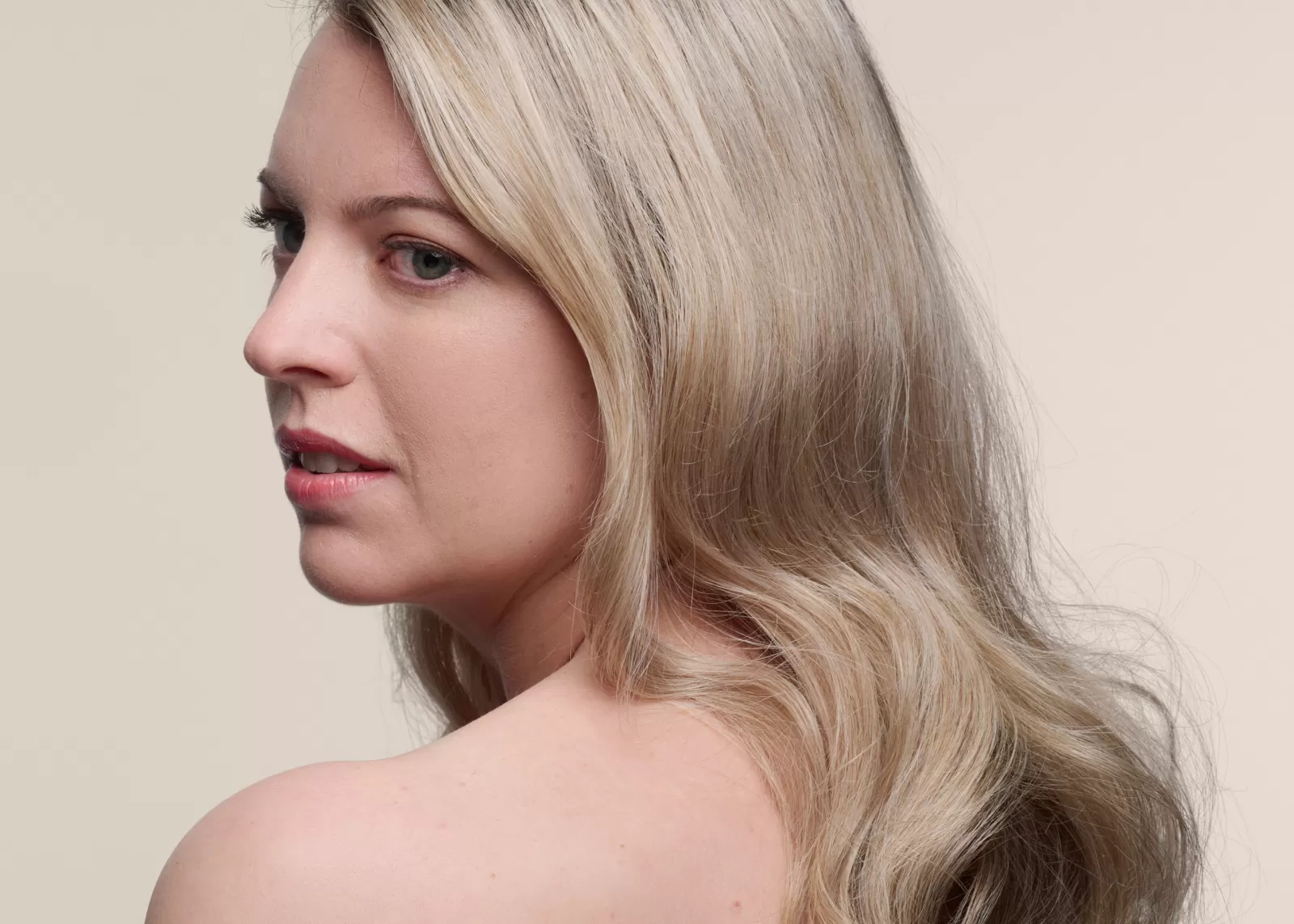
Pricing & Packages
Thread Lift
- Mid Face Lift $2750
- Lower Face Lift $2200
- Neck Lift $3500
- Eyebrow Lift $2500
FAQ
Have further questions or want to learn more?
What areas can be treated with thread lift?
- Cheeks and mid-face area
- Contours of the face
- Submental area
- Jawline (jowls)
- Eyebrows
- Nose
- Lips
Who are not suitable for thread lift procedure?
- Those patients who have excessively sagging skin at an advanced age will show very limited improvement
- Those patients who are obese, or have very heavy rugged skin
Who are the ideal candidates for thread lift?
- Mild to moderate signs of ptosis of the skin
- Development of fine lines and wrinkles
- Sagging eyebrows
- Relaxed / sagging mid face appearance
- Mild skin laxity and jowling of lower face
When can I get back to my usual social life?
The majority of patients resume normal social activities within a few days. Your doctor will advise you on this point as there are some follow up requirement to ensure the best result.
What other procedures are combined with thread lifting?
Thread lifts are best combined with other collagen stimulating procedures. These can be laser based if there are textural changes (for example fine lines, wrinkles, sun damage, pigmentation), or energy devices such as Radiofrequency (RF), RF Microneedling or HIFU (High Intensity Focused Ultrasound). Lasers and energy devices can compound collagen stimulation, further improving the results of mono thread lifts.
What is the cost of a thread lift?
The cost of a thread lift is significantly less than a traditional face-lift procedure. Cost will vary depending on the areas to be treated, the number of threads used, and other treatments used in combination. Your doctor will be able to give you more accurate quote at the time of consultation.
What are the possible side effects?
- Local discomfort or pain
- Swelling
- Temporal asymmetry
- Transient rippling or dimple formation
- Transient hematoma or bruising
- Slight depression or skin irregularity
These inconveniences should disappear a few days after treatment.
What are the advantages of having a thread lift instead of a facelift?
For many patients, the biggest advantage of having a thread lift rather than a facelift is the greatly reduced recovery time associated with thread lifts and the associated costs of surgical procedures. As a guide, proper face lift procedures (deep plane facelift) by a specialist range from 20-30,000 dollars. Threads are about one tenth the costs.
The healing time post face lifting ranges from 7 to 14 days. Recovery from a thread lift, on the other hand, is comparatively short, albeit bruising and swelling for a few days.
Thread lifts can be performed under local, rather than general anesthesia, meaning that thread lift patients can drive themselves home and look after themselves immediately after having their procedure. While some patients will experience a little bit of soreness, bruising & swelling after having a thread lift and therefore wish to take the rest of the day off, most can return to work within 24 to48 hours. Strong pain medication is seldom needed after having a thread lift, making it easier for patients to return to their normal routine. This procedure is therefore ideal for people who have children at home or those who have busy, demanding careers.
How predictable are the results?
If the correct candidate is preselected, thread offers a good to excellent degree of predictability. Results will depend on the clinical findings (degree of laxity, degree of sagging, heaviness of sag, associated sun damage, skin health, internal health), the number of threads & also associated treatment modalities (HIFU, RF, Laser, Fillers).
90% of patients will achieve a pleasing result after threads (provided patient selection is adhered to). Conversely, 10% will not be happy with the result. In this group, the best treatment is a surgical face lift (either short scar face-neck lifting or a deep plane facelift).
How does THREAD LIFTING benefit ageing & aesthetics?
There are three main factors to address in the context of rejuvenation, namely improving skin quality (texture), tone (tautness), & volume replacement.
Thread lifting addresses skin TONE or skin sag. This term refers to the upward and backward movement of loose skin. This ‘vector displacement’ reduces mild jowling, droopy eyelids (to a degree) as well as the lines between your mouth and nose. Lifting does NOT replace volume, nor does it treat skin quality.
Ideally all three factors should be addressed. Skin quality is best treated with lasers or peels. Skin volume by dermal fillers or fat transfer, & skin tone with threads, lifting devices such as HIFU, RF or surgical modalities.
The challenging bit is to provide a bespoke treatment plan based upon the patient’s presentation & also one’s skill sets to give a harmonious aesthetic balance.
Are there any contraindications to thread lift?
- Active acne or skin infection
- Keloid predisposition
- Auto-immune disease: scleroderma, sarcoidosis, amyloidosis
- Haemophilia
- Severe and uncontrolled systemic illness
- Pregnancy, breastfeeding
- Malignancy / Chemotherapy
- Hepatitis B & C, HIV
- Previously implanted permanent filler
Will threads be broken down with lasers, or other energy devices?
No. The melting point of threads is over 110 degrees. Lasers & even the most powerful energy devices reach a maximum of 69.8 degrees, well below the melting point of threads. The level of thread placement is hypodermis (in the fat layer). In contrast, lasers treat the epidermis & upper dermal layers.
We have noticed that combination therapy gives the best results, as this enables collagen stimulation & contraction to occur via different sources. For example, most of absorbable threads stimulate ‘cold’ collagen production, whilst heating devices such as radiofrequency & ultrasound provide ‘warm’ (69 degree) collagen stimulation. Lasers on the other hand provide remodelling of collagen by cytokine & growth factor release from the upper layers of skin & collagen stimulation in the dermal layers.
